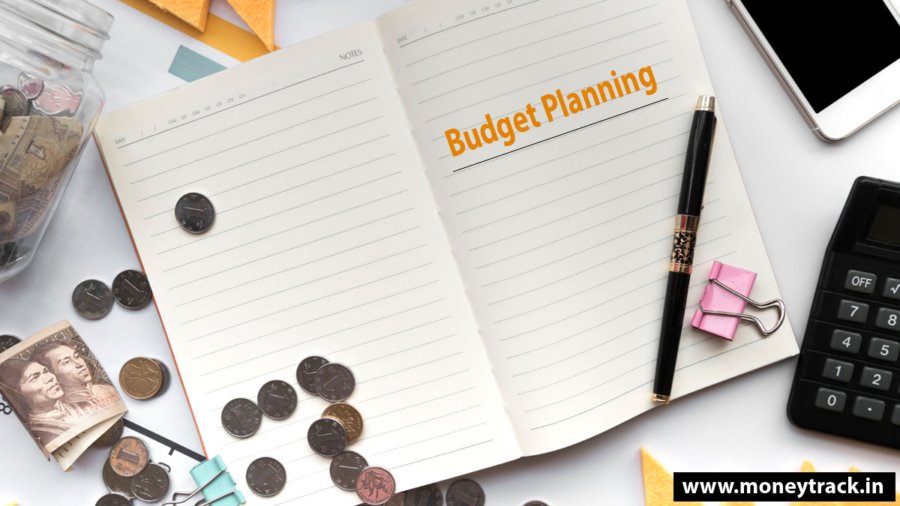Planning for retirement in your 20s may seem premature, but it’s one of the smartest financial decisions you can make. With the power of compounding interest and decades ahead of you, starting early can significantly impact your future financial security. In this guide, we’ll delve into the critical steps young adults can take to begin planning for retirement in their 20s. From understanding the importance of early planning to exploring retirement savings options and setting achievable goals, let’s embark on this journey towards financial independence and a worry free retirement.
Understand the Importance of Starting Early
Starting early is the cornerstone of effective retirement planning. Here’s why:
- Compounding Interest: Time is your greatest asset when it comes to retirement savings. By starting early, you can harness the power of compounding interest, where your money earns returns on top of returns over time, resulting in exponential growth.
- Long-Term Perspective: Investing for retirement in your 20s allows you to take a long-term perspective, weathering market fluctuations and benefiting from the potential growth of your investments over several decades.
Assess Your Current Financial Situation
Before you can plan for retirement, you need to understand your current financial position:
- Budgeting: Create a budget that outlines your income, expenses, and savings goals. This will help you identify areas where you can cut costs and allocate more funds towards retirement savings.
- Debt Management: Prioritize paying off high-interest debt, such as student loans or credit card debt, as it can eat into your retirement savings over time.
Explore Retirement Savings Options
There are several retirement savings vehicles available to young adults:
- Employer-Sponsored Plans: Many employers offer retirement plans such as 401(k)s or 403(b)s. Take advantage of these plans, especially if your employer offers a matching contribution.
- Individual Retirement Accounts (IRAs): Consider opening a traditional or Roth IRA to supplement your employer-sponsored retirement savings. IRAs offer tax advantages and a wide range of investment options.
Set Retirement Goals and Develop a Plan
To build a successful retirement plan, you need to define your goals and develop a roadmap to achieve them:
- Define Your Retirement Lifestyle: Consider what you want your retirement to look like. Do you plan to travel extensively, pursue hobbies, or volunteer? Estimating your future expenses will help you determine how much you need to save.
- Calculate Retirement Savings Needs: Use online calculators or consult with a financial advisor to estimate how much you’ll need to save for retirement based on your desired lifestyle, life expectancy, and expected returns on investment.
Create a Diversified Investment Portfolio
A diversified investment portfolio can help mitigate risk and maximize returns:
- Asset Allocation: Allocate your investments across different asset classes, such as stocks, bonds, and real estate, to spread risk and capture potential growth opportunities.
- Regular Contributions: Make regular contributions to your retirement accounts and increase your contributions over time as your income grows. Automatic contributions can help you stay disciplined and consistent in your savings efforts.
Stay Informed and Adjust Your Plan as Needed
Retirement planning is an ongoing process that requires regular monitoring and adjustments:
- Monitor Your Investments: Keep an eye on your investment portfolio’s performance and adjust your asset allocation as needed to stay on track towards your retirement goals.
- Adapt to Life Changes: Update your retirement plan to reflect major life changes such as marriage, children, or career advancements. Life events can impact your financial situation and require adjustments to your retirement strategy.
Be Aware of when Preparing for Retirement in their 20s
Emergency Fund
While the focus is on saving for retirement, it’s equally essential to build an emergency fund. An emergency fund acts as a financial safety net, providing you with a cushion to cover unexpected expenses such as medical emergencies, car repairs, or job loss. Aim to save at least three to six months’ worth of living expenses in an easily accessible savings account.
Health Insurance
Healthcare costs can significantly impact your retirement savings if not adequately planned for. Make sure you have health insurance coverage to protect yourself from high medical expenses. If your employer offers a health savings account (HSA), consider contributing to it as a tax-advantaged way to save for medical expenses in retirement.
Maximizing Employer Benefits
Take full advantage of any employer benefits available to you, such as matching contributions to your retirement plan. If your employer offers a matching contribution to your 401(k) or similar retirement plan, strive to contribute enough to receive the maximum match. This is essentially free money that can boost your retirement savings significantly.
Tax Efficiency
Consider the tax implications of your retirement savings strategies. Traditional retirement accounts, such as traditional IRAs and 401(k)s, offer tax-deferred growth, meaning you won’t pay taxes on your contributions or investment earnings until you withdraw the funds in retirement. Roth retirement accounts, on the other hand, provide tax-free withdrawals in retirement but are funded with after-tax dollars. Understanding the tax advantages of each account type can help you optimize your retirement savings strategy.
Lifestyle Choices
Lifestyle choices can have a significant impact on your ability to save for retirement. While it’s essential to enjoy life in your 20s, being mindful of your spending habits can free up more money for retirement savings. Consider prioritizing experiences over material possessions, finding affordable housing options, and cooking meals at home instead of dining out frequently. Small adjustments to your lifestyle can add up to significant savings over time.
Financial Education
Take the time to educate yourself about personal finance and investing. There are numerous resources available, including books, online courses, podcasts, and financial blogs, that can help you enhance your financial literacy and make informed decisions about your retirement planning. Understanding concepts such as asset allocation, risk management, and investment diversification can empower you to build a robust retirement portfolio.
Regular Reviews and Adjustments
Finally, make it a habit to review your retirement plan regularly and make adjustments as needed. Life circumstances, market conditions, and financial goals may change over time, requiring you to revisit and revise your retirement strategy accordingly. By staying proactive and adaptive, you can ensure that your retirement plan remains aligned with your evolving needs and aspirations.
Conclusion
Retirement planning may seem daunting, but starting early and taking proactive steps can set you on the path towards a secure and comfortable retirement. By understanding the importance of early planning, assessing your current financial situation, exploring retirement savings options, setting clear retirement goals, creating a diversified investment portfolio, and staying informed, you can build a solid foundation for your future. Remember, the key is to start now and remain disciplined in your savings and investment strategies. With careful planning and commitment, you can achieve financial independence and enjoy a fulfilling retirement in the years to come.






